Safety tips for snow boarding
snow boarding can be a lot of fun, but it's important to remember that it can also be dangerous if you're not careful. Before you hit the park, make sure you're aware of these essential safety tips:
First and foremost, always wear a helmet. This may seem obvious, but it's amazing how many skiers and snowboarders you'll see in the park without one. A helmet can save your life, so don't take any chances.
Secondly, make sure you're familiar with the terrain. Each park has its unique features, and it's important to know what you're getting into before you start hitting jumps and rails. Take some time to observe the park and watch other skiers and snowboarders to get a feel for what's possible.
Finally, start small and work your way up. Don't try to hit the biggest jumps or rails right away - start with easier features and gradually build up your skills. This will not only help you avoid injuries but also give you a sense of accomplishment as you progress.
Understanding the terrain - jumps, rails, and halfpipe
Before you can start hitting features in the park, it's important to understand what you're up against. There are three main types of features you'll encounter in the park: jumps, rails, and halfpipes.
Jumps are exactly what they sound like ramps that launch you into the air. There are different types of jumps, including table-tops (where the landing is flat), kickers (where the landing slopes down), and step-ups (where the jump is built into a slope). Each type of jump requires a slightly different approach, but the basics are the same: start with a good amount of speed, pop off the lip, and then control your body in the air before landing.
Rails are long, narrow features that you slide down on your skis or snowboard. There are different types of rails, including flat rails, kinked rails (where the rail is angled), and rainbow rails (where the rail is curved). To hit a rail, you'll need to approach it with enough speed to slide all the way down. You'll also need to adjust your balance and weight distribution to stay on the rail and control your speed.
Halfpipes are U-shaped features that you carve down on your skis or snowboard. The goal is to build up speed and then launch yourself out of the top of the halfpipe, performing tricks and spins along the way. Halfpipe riding requires a lot of skill and practice, but it's also one of the most rewarding experiences in the park.
Essential gear for snow boarding
When it comes to snow boarding, having the right gear is essential. Here are some of the key pieces of equipment you'll need:
First and foremost, you'll need a good pair of skis or a snowboard. Look for gear that's designed specifically for park riding, with features like twin tips (for riding switch), a flexy core (for pop), and a symmetrical shape (for balance).
You'll also need boots that are comfortable and provide good support. Make sure they fit properly and are designed for park riding.
Other essential gear includes a helmet (as mentioned earlier), goggles (to protect your eyes and improve visibility), and gloves (to keep your hands warm and protect them from falls). You may also want to consider wearing a back protector or other safety gear, especially if you're hitting bigger features.
Techniques for jumping in the park
Jumps are one of the most exciting features in the park, but they can also be intimidating if you're new to snow boarding. Here are some tips to help you master the art of park jumping:
First, start with small jumps and work your way up. You'll want to build up your confidence and skills gradually before attempting bigger features.
Approach the jump with enough speed to clear the knuckle (the flat section at the top of the jump) and land on the downslope. This will help you maintain your speed and control in the air.
As you approach the lip of the jump, lean slightly forward and then pop off the lip by pushing down on your skis or snowboard. This will help you get the height and distance you need to clear the jump.
Once you're in the air, adjust your body position to maintain balance and control. Keep your knees bent and your weight centered over your skis or snowboard. Use your arms and legs to control your rotation and speed.
Finally, prepare for the landing by spotting your landing spot and getting ready to absorb the impact with your legs. Aim to land with your weight centered and your skis or snowboard pointing down the slope.
Mastering rails in the park
Rails are another popular feature in the park, but they can be tricky to navigate if you're not familiar with the technique. Here are some tips to help you master rail slides:
Approach the rail with enough speed to slide all the way down. You'll need to adjust your speed and balance as you slide to avoid falling off.
As you approach the rail, line up your skis or snowboard so that they're perpendicular to the rail. This will help you maintain balance and control as you slide.
As you slide down the rail, keep your weight centered over your skis or snowboard. Use your arms and legs to adjust your balance and speed as needed.
Finally, prepare to exit the rail by shifting your weight back slightly and getting ready to absorb the impact of the landing.
Navigating the halfpipe
Halfpipe riding requires a lot of skill and practice, but it's also one of the most rewarding experiences in the park. Here are some tips to help you navigate the halfpipe:
Start with a good amount of speed and build up momentum as you carve down the walls of the halfpipe. Use your edges to maintain grip and control as you carve.
As you approach the top of the halfpipe, prepare to launch yourself into the air. Aim to get enough height to perform tricks and spins before landing.
Once you're in the air, use your arms and legs to control your rotation and speed. Keep your body centered and your weight balanced over your skis or snowboard.
Finally, prepare for the landing by spotting your landing spot and getting ready to absorb the impact with your legs. Aim to land with your weight centered and your skis or snowboard pointing down the slope.
Common mistakes to avoid in snow boarding
snow boarding can be a lot of fun, but it's also easy to make mistakes that can lead to injuries or frustration. Here are some common mistakes to avoid:
Firstly, don't attempt features that are beyond your skill level. This can lead to falls and injuries that could have been avoided.
Secondly, don't lean back too far on jumps or rails. This can cause you to lose control and fall.
Thirdly, don't forget to practice your technique. snow boarding requires a lot of skill and practice, so make sure you're putting in the time and effort to improve.
Finally, don't neglect safety. Always wear a helmet and other safety gear, and make sure you're aware of the risks and hazards of snow boarding.
Practice drills to improve your snow boarding skills
If you want to improve your snow boarding skills, there are plenty of drills and exercises you can do. Here are some ideas:
Firstly, practice your carving technique. This will help you maintain control and speed in the halfpipe.
Secondly, work on your balance and weight distribution. This will help you stay centered and in control on rails and jumps.
Thirdly, practice jumping on flat ground or small features before attempting bigger jumps. This will help you build up your confidence and skills gradually.
Finally, don't be afraid to work with a coach or instructor. They can provide valuable feedback and help you identify areas to improve.
snow boarding can be a lot of fun, but it takes practice, dedication, and skill to master. By following these tips and techniques, you'll be well on your way to conquering the terrain and taking your snow boarding to the next level. So get out there, hit the park, and have fun!
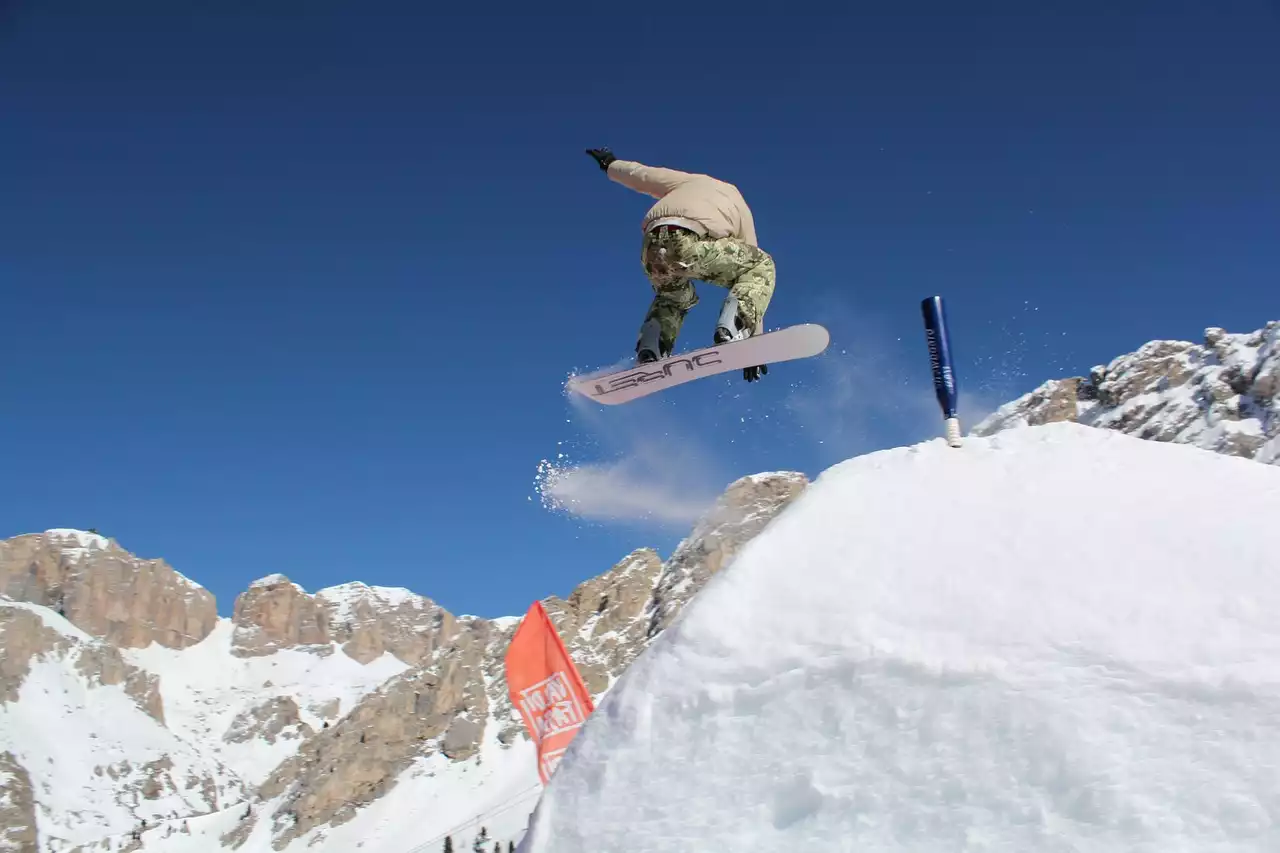
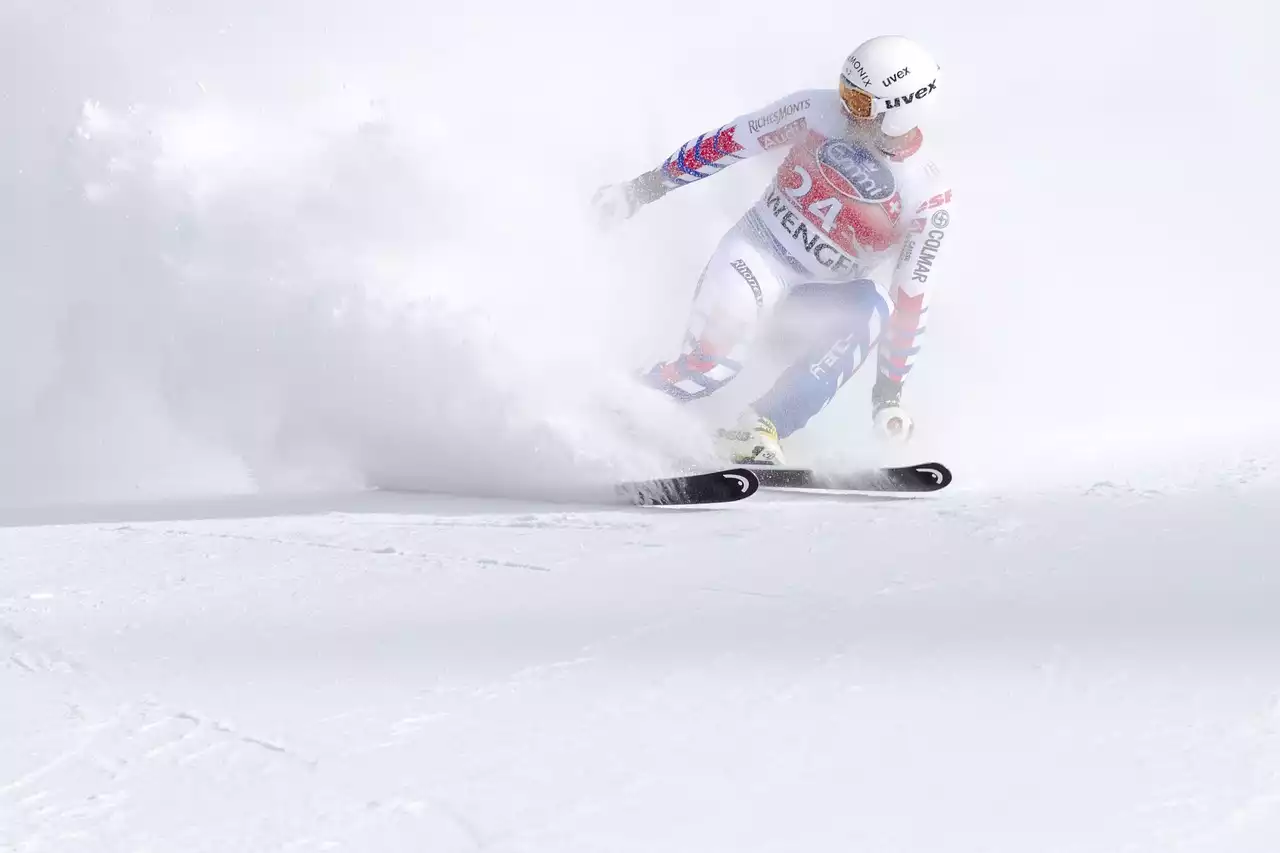
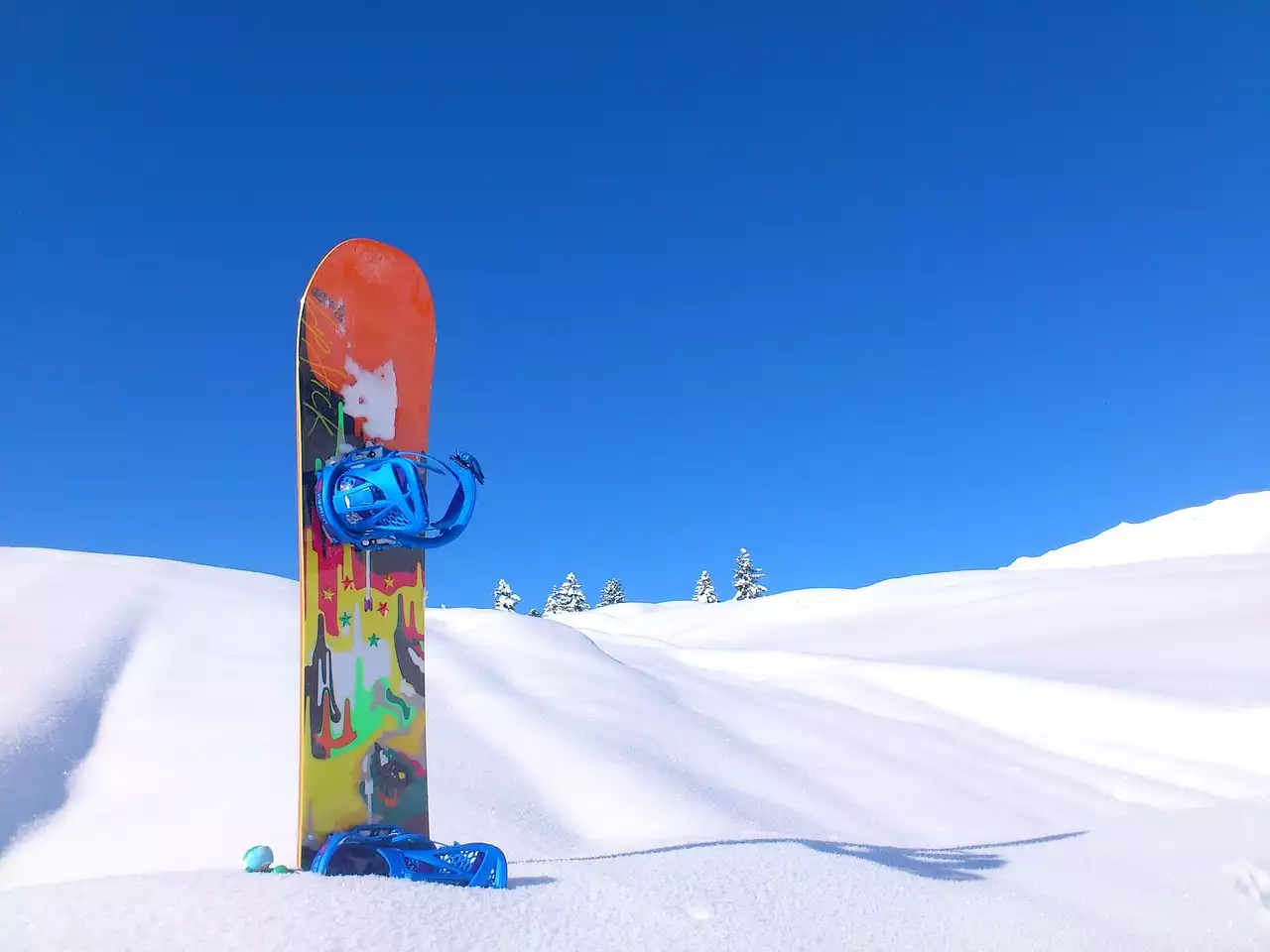
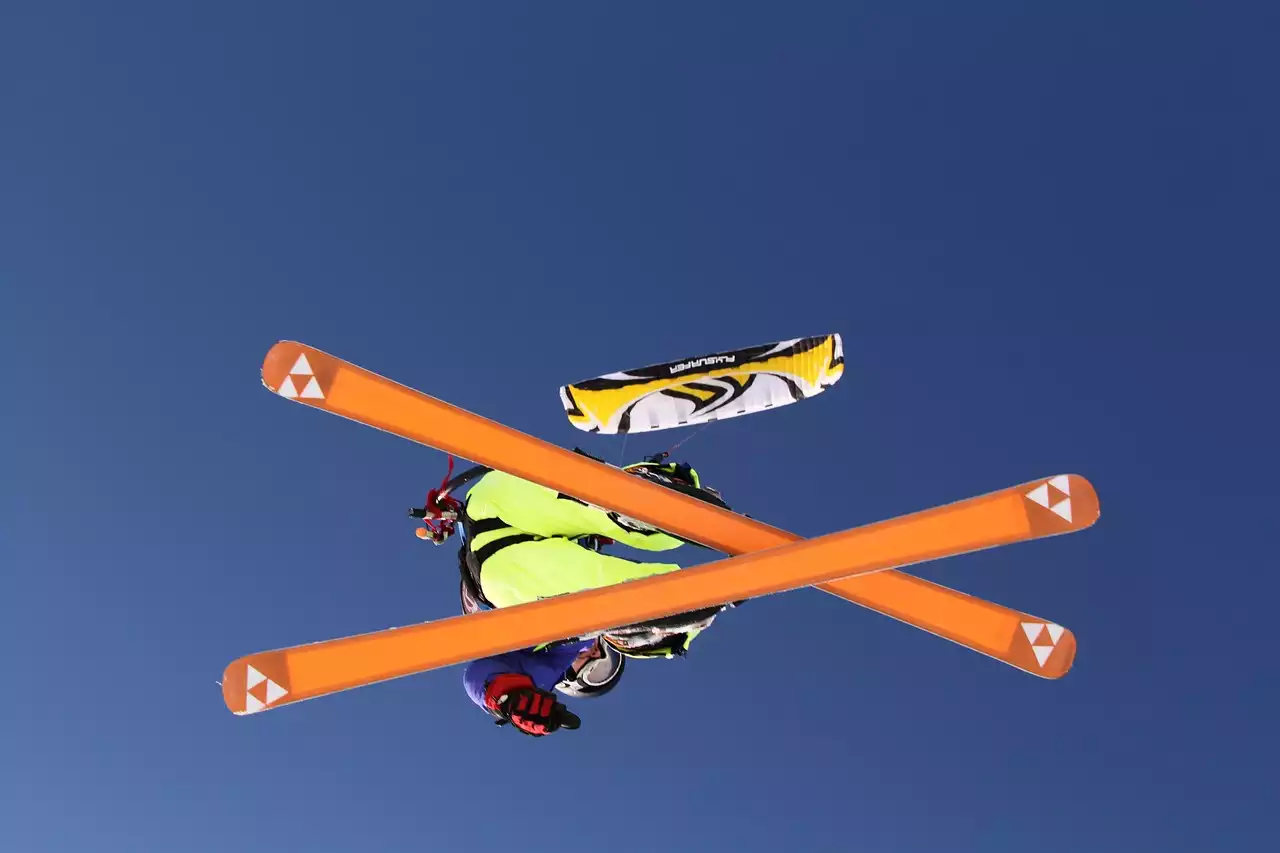
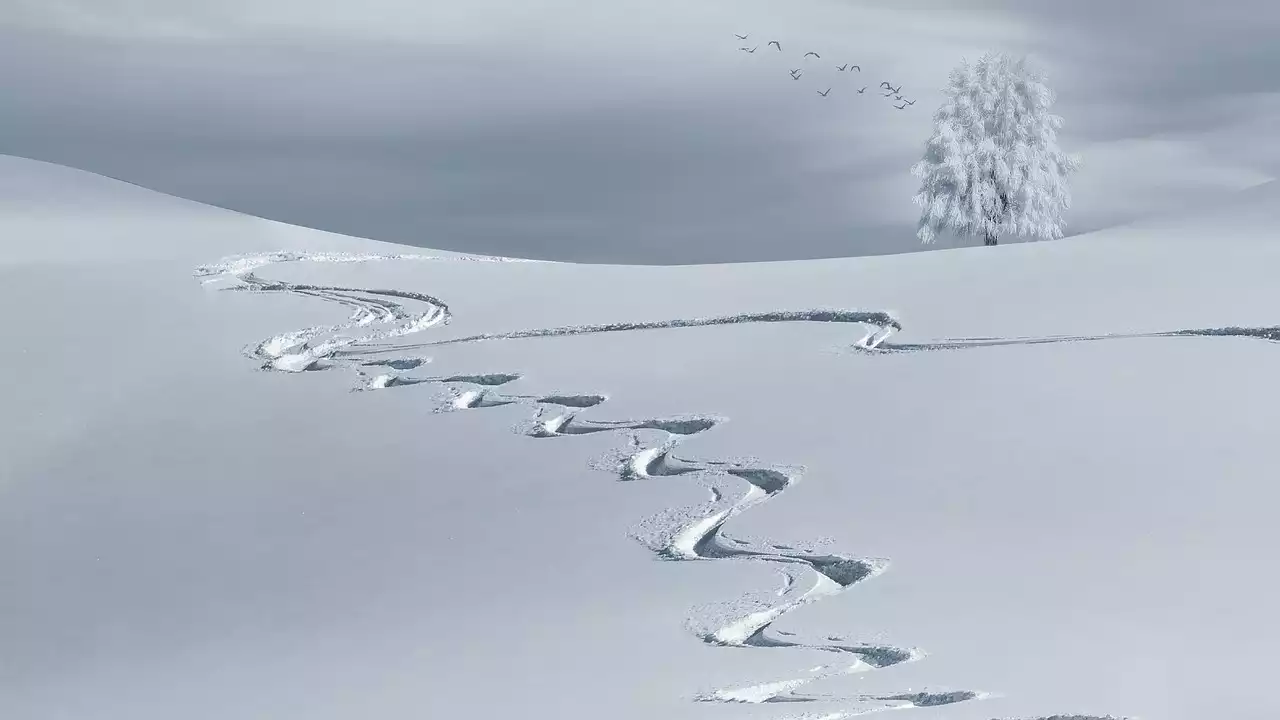

.png?size=50)


